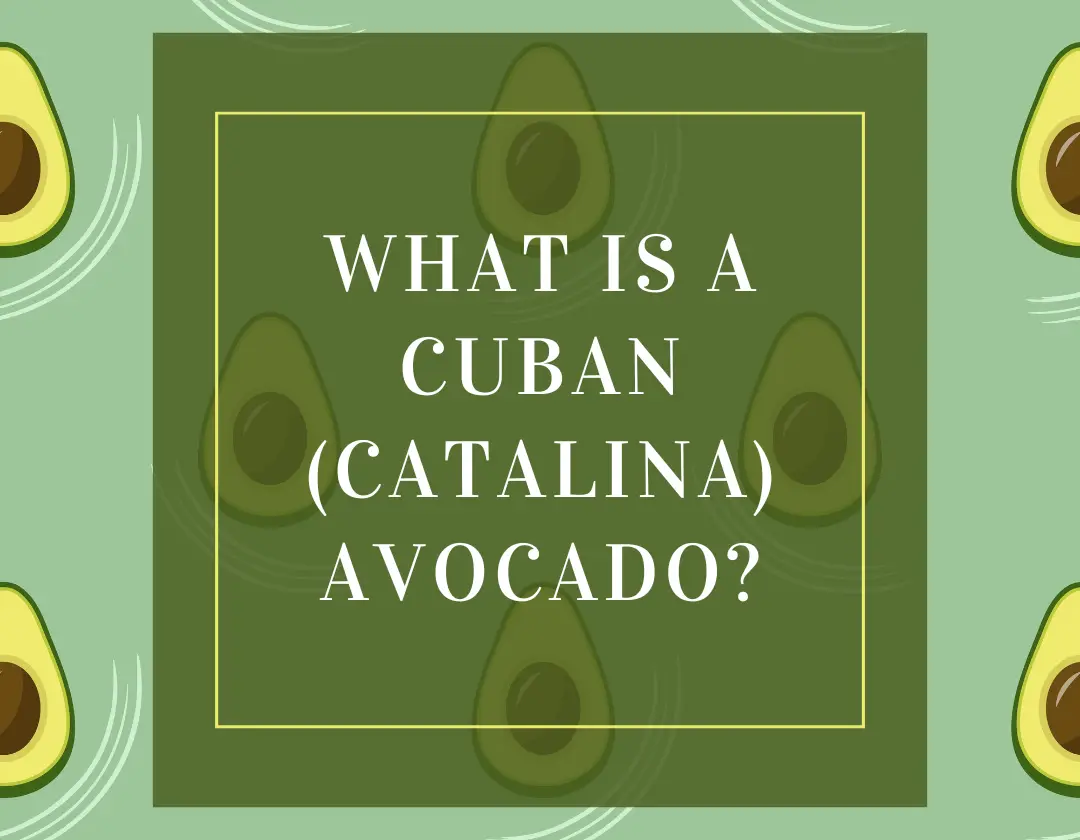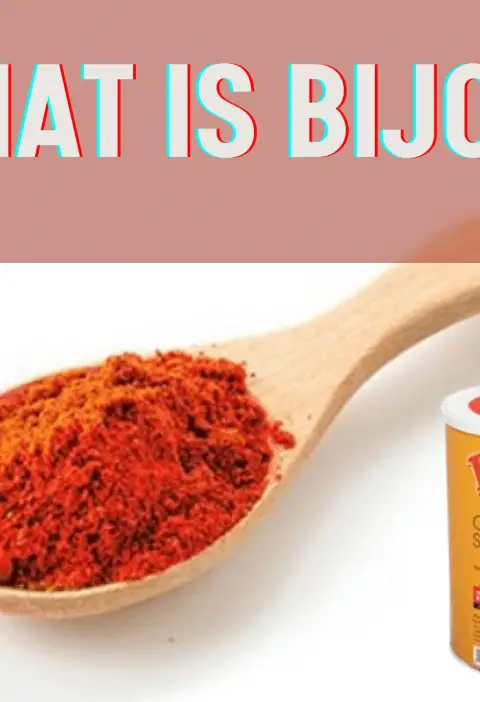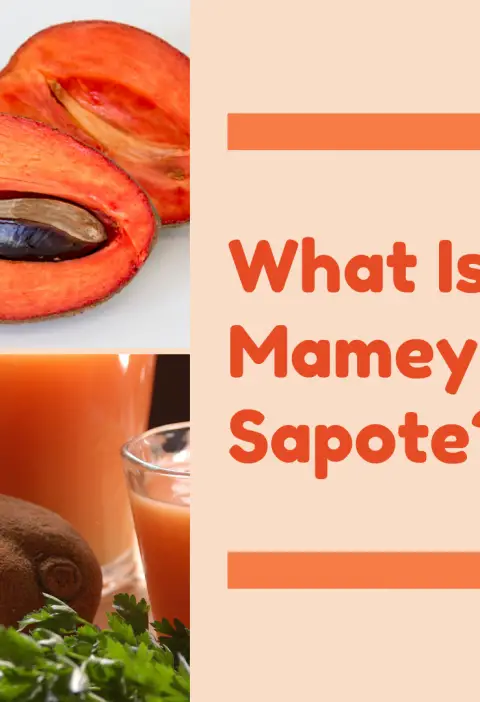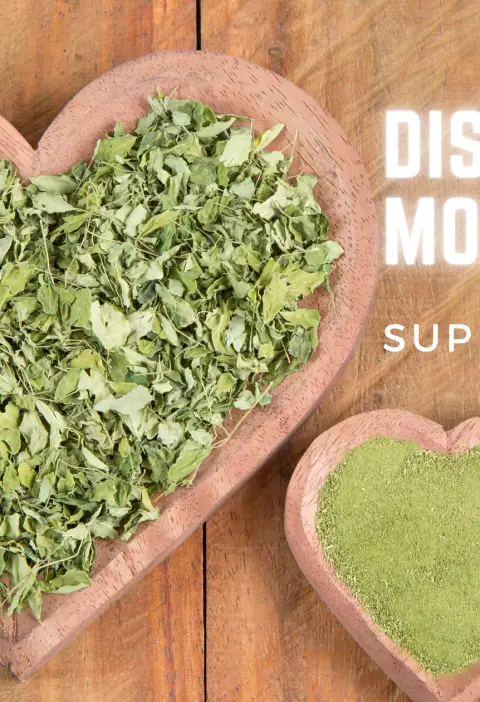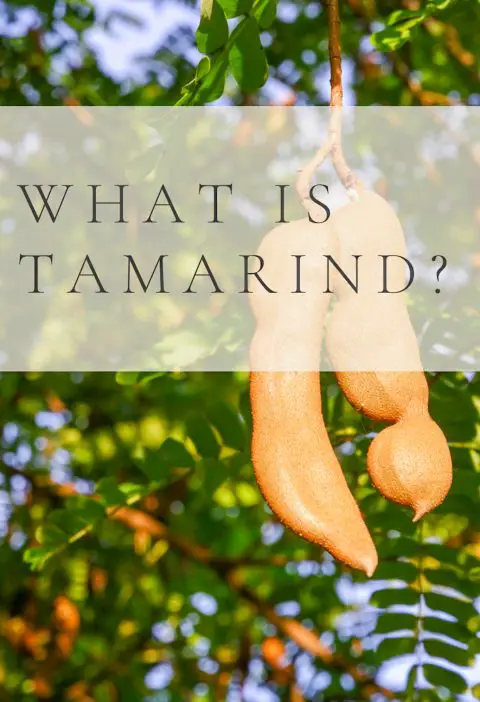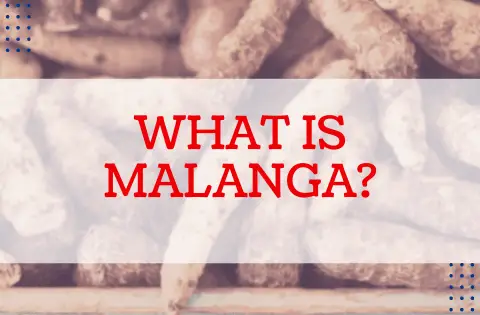Avocados are a popular tropical fruit that has a dark leathery skin and a bright green flesh. However, a Florida Cuban (Catalina) avocado have a bright green skin and yellow flesh. Catalina avocados are also referred to as Florida avocados. In some parts of the country, they are also known as butter fruit or alligator pear. They are nevertheless one of the more popular fruits available in produce sections across the country. After all, you cannot make guacamole without avocado. But they are also used in salads, wraps, smoothies, as well as brownies. Avocados are considered by many to be a superfood.
What Is A Cuban (Catalina) Avocado?
There are actually a number of different avocado species that are produced in Cuba, but the most common is the Catalina. The Catalina avocado was actually introduced to Florida by Cuban immigrants who preferred their avocados to the common Haas avocado from Mexico. Because of the vast Cuban community in South Florida, it is one of the most popular avocados found in Miami and the surrounding metro area.
The Catalina is the most recognizable avocado from Cuba and has a very light flavor. With hundreds of different species of avocados around the world, the Catalina is a purely West Indian type. In other words, it is only found in the Caribbean region and is not grown in mainland Mexico.
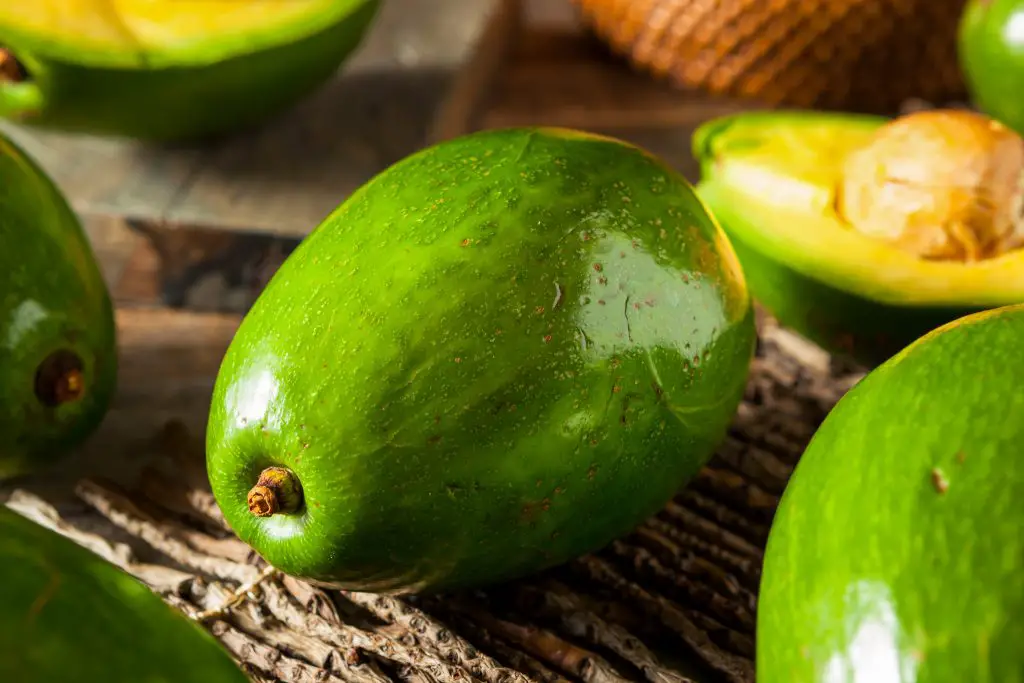
The fruit itself is medium to large in size and has an oval shape with a bright yellow flesh. Unlike other fruits, the avocado does not ripen on a tree, rather it only begins to ripen after it has been picked. For this reason, it’s possible to maintain an avocado tree, and only pick what you need, when you need it.
Cuba does not have a large production output of avocados when compared to Mexico. In fact, the vast majority of Catalina avocados that are available in the United States, are actually harvested from trees and South Florida and are grown by local farmers.
What Is the Difference Between a Cuban Avocado and a Haas Avocado?
The two most popular avocados available in the country, are the Catalina and the Haas. The Catalina avocado is also known as the Cuban avocado. The Haas avocado, on the other hand, is referred to as the Mexican avocado. And although the two seem fairly similar, there are a lot of differences between them.
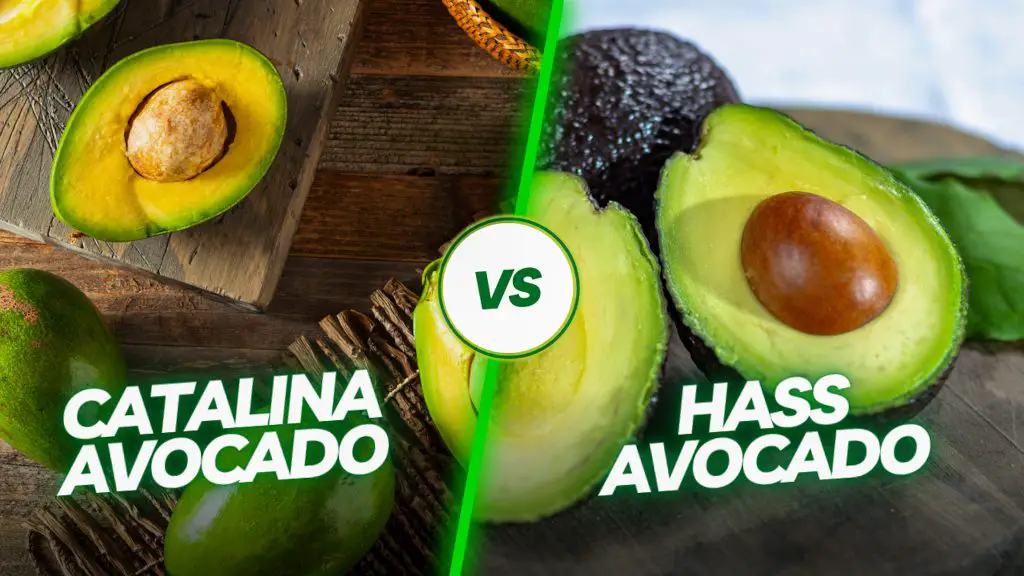
Regardless of whether you are looking for the Cuban or Haas avocado, it’s important to remember that, unlike most fruits, they do not ripen while they are on the tree. Instead, avocados only begin to ripen once they have been picked. In order to determine ripeness, it is generally recommended to check the color of the flesh just under the stem. If the flesh is green in color, then it is good and perfectly ripe. However, if the flesh is brown, or even starting to turn brown, then it is over-ripened.
The Cuban avocado has a bright green flesh when it is fully ripened. They are larger and have smoother skin when compared to the Haas avocado. The Haas on the other hand has a rougher, wrinklier skin that starts off as dark green or brown, and eventually turns to a purplish black as it ripens.
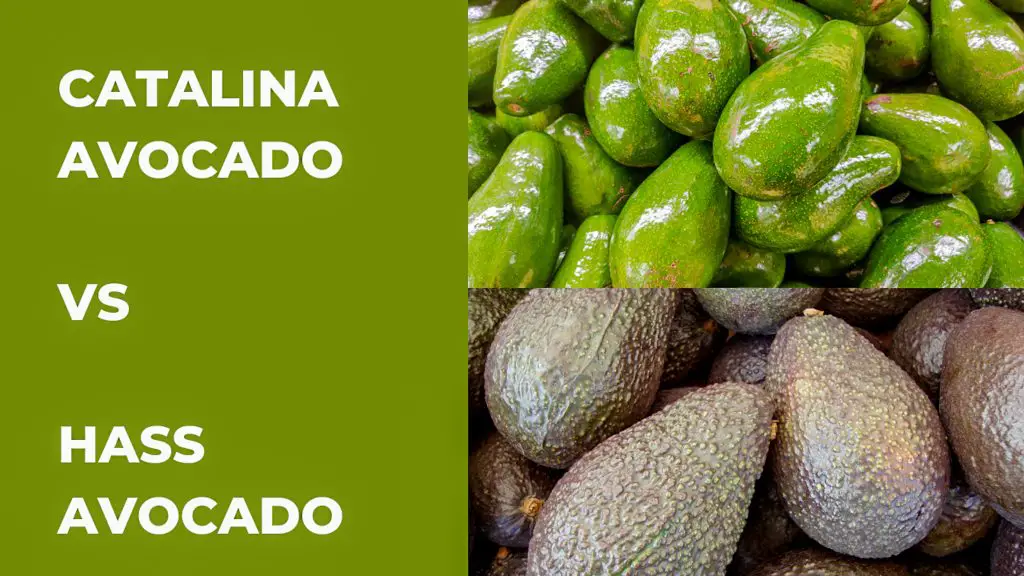
At the same time, the Cuban avocado has more of a teardrop-shaped pit when compared to the more spherical shape pits found in the Haas avocado. Because of the higher production output of Haas avocados from Mexico, they make up roughly 95% of the entire US market. As a result, unless you live in South Florida, you are unlikely to see Cuban avocados in your local grocery store.
What Does a Cuban Avocado Taste Like?
Many people who are unfamiliar with avocados, might assume that they are very similar in taste and nutritional value. However, the two avocados are very different. These differences affect the overall taste and texture of the fruit. When comparing the Haas avocado to the Cuban avocado, the Cuban variety has roughly 10 percent less fat. And while this may seem like a good thing, the fat contained within avocados are the healthy fats often referred to as monounsaturated or polyunsaturated fats.
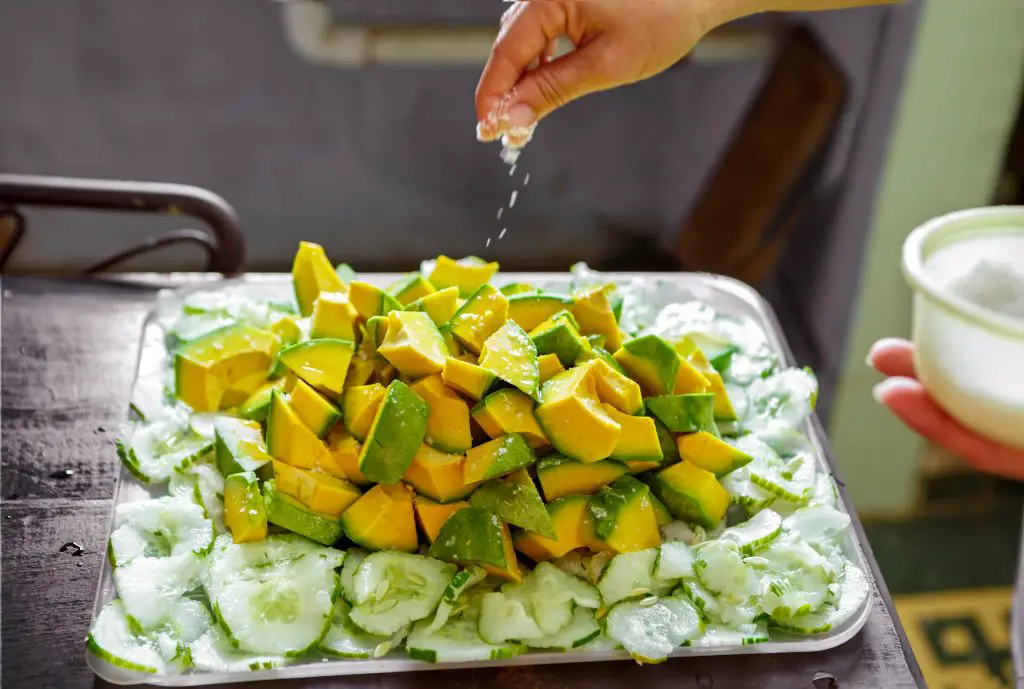
Because of the high quantity of healthy fats contained within avocados, it is recommended to consume at least one avocado a day, in order to ensure a healthy heart. At the same time, when trying to keep the calorie intake down, the Cuban avocado is the ultimate choice. Not only does it have 10 percent less fat, but it also has 10 percent fewer calories by weight.
The biggest factor when it comes to the taste of an avocado, is the fat content. The higher the fat content in an avocado, the creamier and more buttery it gets. The Haas variety is more commonly used to produce guacamole, simply because of the higher fat content. This higher content allows the flesh to be mashed into a creamy, buttery paste that is perfect for dipping. At the same time, when it comes to making salads the Cuban variety is the only way to go. Because of the lower fat content, it is more solid and easier to cut up into smaller pieces. It is also shinier and has more of a watery texture which blends in flawlessly with most types of garden salad.
Are Cuban Avocados Good for You?
Without a question, Cuban avocados are an excellent source of vitamins, minerals, and other important nutrients that the body needs to fight against a wide variety of diseases and cancer. In fact, the avocado has a wide range of health benefits that includes the improvement of digestion, a decreased risk of depression, the prevention of heart disease, as well as providing protection against cancer.
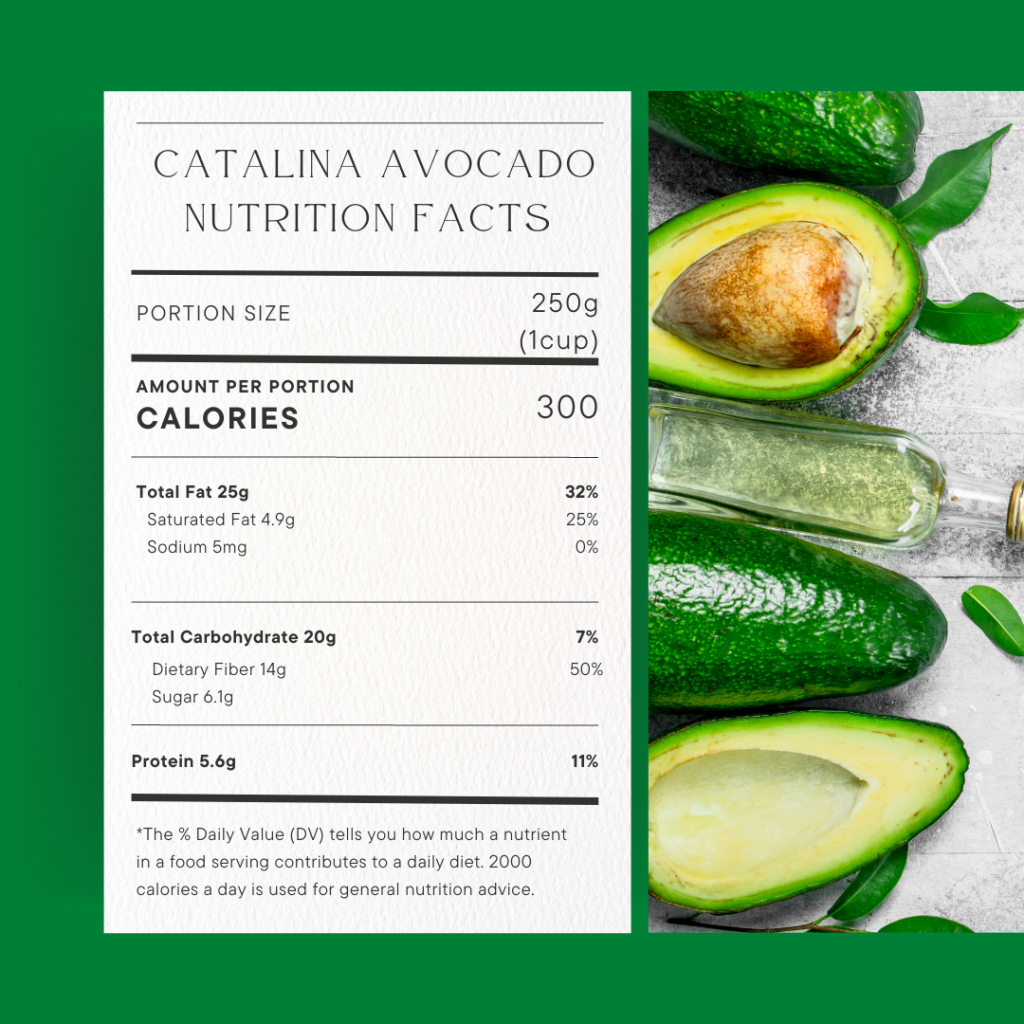
Avocados are a fruit and are considered to be a type of berry. The plant will only grow in warm tropical climates, which is why most of the supply of avocados to North America comes from Mexico. There are more than 500 species of avocado found around the world, and they are all grown within the tropical region along the equator.
They are an excellent source of vitamins and minerals, with every delectable bite containing a healthy supply of vitamin C, E, K, as well as B6. Avocados are also an excellent source of niacin, riboflavin, folate, magnesium, pantothenic acid, as well as potassium. To add into the mix, the fruit also provides plenty of beta-carotene, luteine, as well as omega-3 fatty acids. Simply put, avocados contain a very high level of healthy fats that the body needs to fight off diseases and stay healthy. For more information how Catalina avocados can even help people with Type 2 Diabetes go here.
Where Do You Buy Cuban Avocados?
There are more than 500 varieties of avocados available around the globe. But in the US alone, only 8 types of avocados are grown commercially. Ninety-five percent of all avocados available in supermarkets are of the Haas variety. Because of the sheer size of the Mexican avocado industry, the Haas variety is available nationwide. Cuban avocados on the other hand make up less than 1% of all of the avocados available in the US.
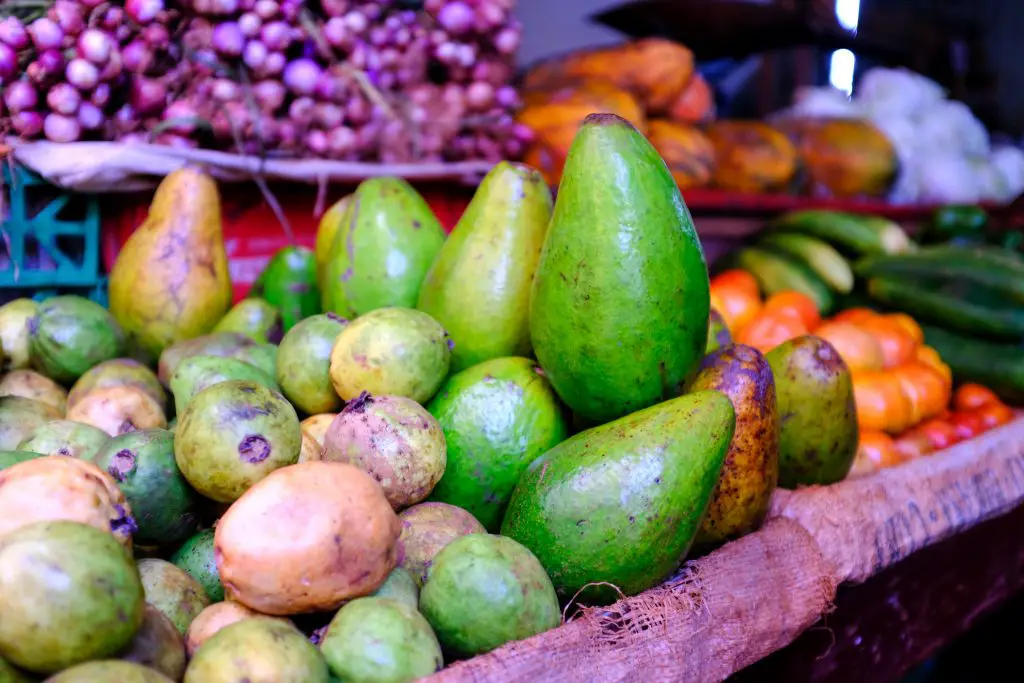
But that does not mean Cuban avocados are not readily available. In fact, in South Florida where the Cuban population is extremely high, and temperature conditions are perfect for growing the fruit, Cuban avocados are readily available. Granted, they may not be available in supermarkets across the country, but they can be purchased online.
There are a number of companies that sell Cuban avocados online. Keep in mind, that these are not large-scale farms, rather they are from a community of Cubans who grow avocados in their backyards. A standard avocado tree can easily produce more than 200 avocados each time it fruits, and some trees can blossom 2 to 4 times per year if those avocados are not harvested, then they simply go to waste.
One of the benefits of avocados is that they do not ripen while still on the tree. Rather, they only begin to ripen once they have been picked from the branch. This makes them perfect for shipping throughout the country. After an order is placed, the avocados are plucked from the tree, which begins the ripening process. By the time the shipment arrives, the avocados should be almost ripe and ready to use.
How Do You Say Avocado in Spanish?
The avocado is a very popular fruit that is found, not just in Latin America, but in just about every tropical nation worldwide. It just so happens, that many countries along the equator were at some point colonized by the Spanish, meaning there are many different ways to say avocado in Spanish.
One of the oldest and more traditional ways of saying avocado in Spanish is the word “Aguacata”. This is an antiquated word and is not commonly spoken in most Spanish-speaking nations. Instead, in countries like Cuba, Puerto Rico, El Salvador, Colombia, and Spain, they say “Aguacate” instead. The fruit may also be referred to as “Aguaco” in these countries.

Explore the Essence of Cuban Cuisine with Noelle – a devoted culinary enthusiast enamored by Cuban flavors for over 30 years. Guided by her husband’s mami and abuela, she refined her skills using the ‘by eye’ technique, converting cherished recipes into precise culinary treasures. Continuously enriching her expertise, Noelle actively engages in cooking classes, infusing her platform with measured recipes and an authentic taste of Cuban food, inviting the world to savor the essence of this vibrant cuisine.

